Communities Making Accessible Transportation: How We Can Work Together
by Blog Writers
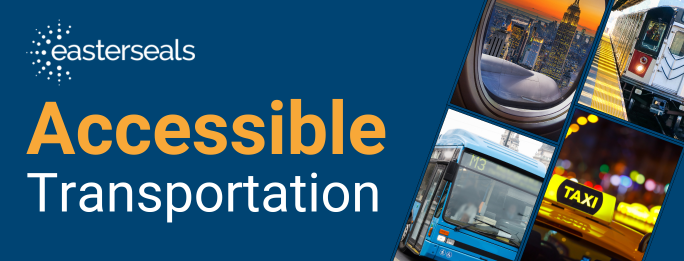
By Jeremy Johnson-Miller
“How did you get here today?”
For many, this may never be a second thought, but for others, it is a daily reminder of the extra planning and reliance of others needed to get where they need to go. Many disabled people understand this well – whether it’s figuring out accessible public transit routes (Does this station have a working elevator? Does this bus route get me close to where I need to go?) or wondering if you will encounter ableism on your journey (Will a taxi pass me by when they see I use a wheelchair? Will people question my service animal?).
Even when someone reaches their destination, they may still encounter obstacles in their travel. A crack or broken sidewalk may not hinder someone who is not disabled, but for others it could mean they can’t use that route and must go blocks out of their way or even into the street to bypass the damaged pathways.
Transportation offers independence for people with disabilities, allowing them to get to school, work and social activities, but when one of these connections fails, it can disrupt their entire day or week.
Throughout my career, I met some amazing people who let me learn about life from their perspective.

Jeremy and Aunt Nancy
My passion for transportation started at an early age; my aunt Nancy had poor eyesight that barred her from driving, but that did not stop her from living a full life — she passed that life skill along to me. I would meet her downtown during summer breaks for lunch, picking out a book at the library and, of course, ice cream.
Michelle lives downtown and works several blocks away and uses a motorized wheelchair to traverse the city, but in the winter or during construction season, the path of travel is often blocked or unsafe. Michelle uses the phrase “the sidewalks are my roads” when speaking to city leaders about the importance of sidewalks for her to thrive, and if those fail, she is unable to succeed.
Immanuel lives and works along a bus route, but also values social life beyond work. Immanuel has used a wheelchair his entire life, but because of the limited hours of operation for transportation, he often says, “it’s like I am a 30-year-old with a curfew.” The bus does not operate after 10pm and they cannot go to a late movie or stay out late with friends.

Jeremy and Michelle
These are only a few stories from my 10-plus years working in transportation, but I have a motivation to keep going, nonetheless. People like Michelle and Immanuel, and of course Aunt Nancy, make me want to keep learning and showing up for those who cannot.
Part of my job at Easterseals is sharing ways all of us can make a difference in accessible transportation.
Here are a few actionable items:
- The work we can do starts off with being aware of our surroundings and making sure there is adequate space for everyone to navigate walkways or paths.
- If you notice obstacles blocking a sidewalk, driveway, or building entrance, find the appropriate person to move them.
- If you are a business owner, make sure your signage or furniture is not blocking a path.
- Notice an elevator is out of order? Tell the building staff, even if you don’t need the elevator.
- During snow season, make sure your sidewalks are shoveled.
- Attend town meetings to advocate for safe crosswalks and paths of travel.
Working for an organization like Easterseals has allowed me to put that knowledge into action and continue to create an accessible world for all. Easterseals offers vital resources like customized training and technical expertise on the Americans with Disabilities Act for transportation providers; develops resources to support organizations in their efforts to connect with transportation and mobility services in their community; and identifies organizations in your state, region, or local community that could connect you to the most appropriate transportation services and support the development of coordinated transportation networks.
To make safer, more accessible communities, we must plan transit alongside the disability community. They are the experts on their needs — we can connect with them to advocate and get the attention of government and transit officials. This is and should be a community effort as it benefits all of us to have accessible public transportation options.
To learn more about the Easterseals Transportation Group and what we are doing to create more equitable access to services and settings that everyone should be able to enjoy, visit our website.
Jeremy Johnson-Miller is the Communications Manager for the National Aging and Disability Transportation Center (NADTC) at Easterseals, a federally recognized technical assistance center funded by the Federal Transit Administration, focused on ADA accessibility for older adults and people with disabilities across the country. Jeremy coordinates the release of publications and reports from NADTC, also conducting training and group facilitation for transportation agencies and state DOTs across the country. Prior to joining Easterseals, Jeremy served as Mobility Programs Administrator at Iowa DOT Public Transit Bureau for 6.5 years, providing guidance and oversight of state and federally funded grant programs, also overseeing outreach and collaboration with communities and other state departments within Iowa. Jeremy holds a bachelors in Geography from the University of Iowa and is a Certified Public Manager from Drake University in Des Moines, Iowa.








 “Streaming is both accessible and not accessible,” Evans said. “The streaming part itself is accessible, in that it allows me to make my own schedule, and I can work it around my disabilities. However, the inaccessible part is the demand for content creators to constantly be networking, attending events and continuously pushing out content. I cannot attend events, and if I can they’re incredible stressful, so all my work networking has basically been done online, which thankfully is becoming a more acceptable side of content creation.”
“Streaming is both accessible and not accessible,” Evans said. “The streaming part itself is accessible, in that it allows me to make my own schedule, and I can work it around my disabilities. However, the inaccessible part is the demand for content creators to constantly be networking, attending events and continuously pushing out content. I cannot attend events, and if I can they’re incredible stressful, so all my work networking has basically been done online, which thankfully is becoming a more acceptable side of content creation.” “I must say over the years it has become less and less accessible for me,” Martínez said. “SMA (Spinal Muscular Atrophy) causes strength, endurance and mobility loss as time passes. I can’t use a physical keyboard as I used to, so it’s been years now with an on-screen keyboard. Voice dictation doesn’t work well for me due to my voice being inconsistent, not to mention my accent. In English it can go from totally wrong to acceptable. In Spanish, my native language, it works better.”
“I must say over the years it has become less and less accessible for me,” Martínez said. “SMA (Spinal Muscular Atrophy) causes strength, endurance and mobility loss as time passes. I can’t use a physical keyboard as I used to, so it’s been years now with an on-screen keyboard. Voice dictation doesn’t work well for me due to my voice being inconsistent, not to mention my accent. In English it can go from totally wrong to acceptable. In Spanish, my native language, it works better.”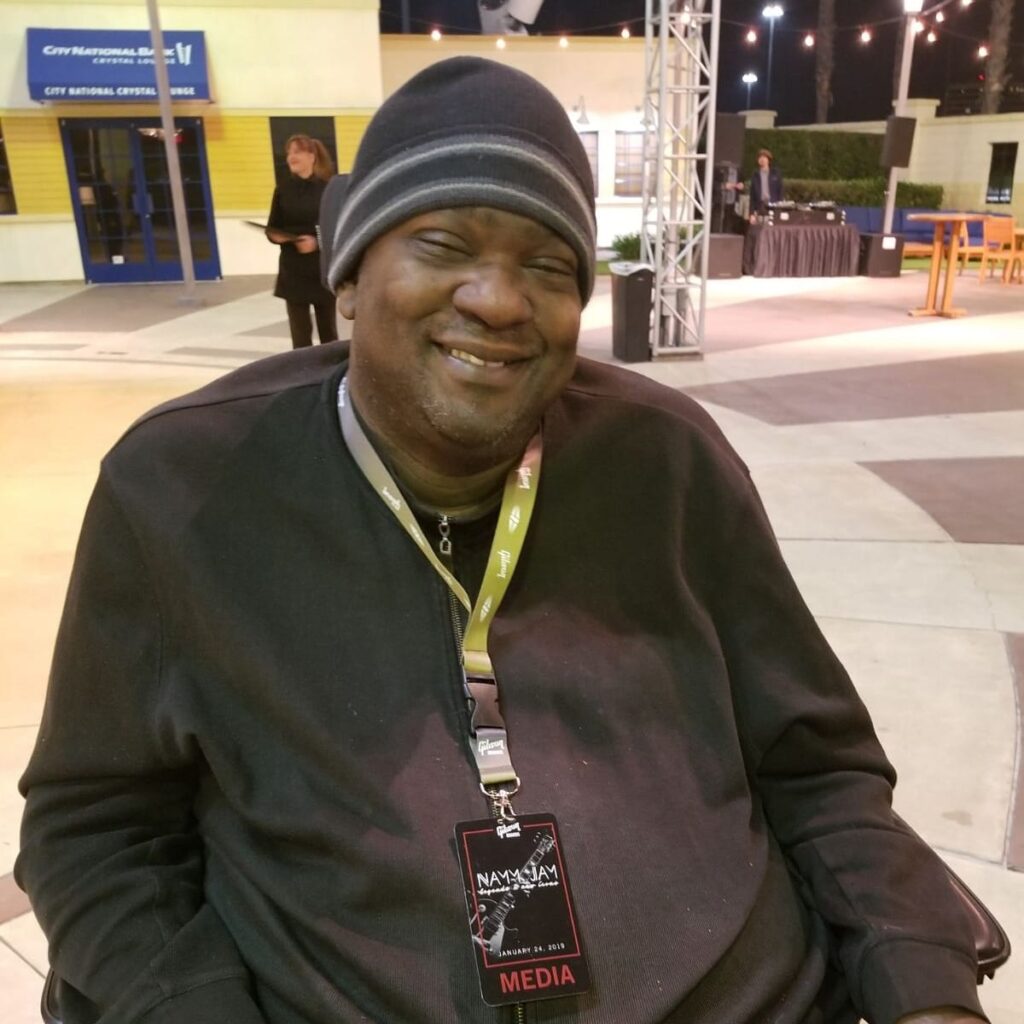 “What drew me to consulting was the opportunity to leverage my unique perspective as both an able-bodied and disabled gamer to improve the gaming experience for others,” Lane said. “I can share the frustrations I’ve faced as a disabled gamer and use that knowledge to advocate for better accessibility features. Companies and studios that I work with go the extra mile to make sure I have everything I need to succeed.”
“What drew me to consulting was the opportunity to leverage my unique perspective as both an able-bodied and disabled gamer to improve the gaming experience for others,” Lane said. “I can share the frustrations I’ve faced as a disabled gamer and use that knowledge to advocate for better accessibility features. Companies and studios that I work with go the extra mile to make sure I have everything I need to succeed.”


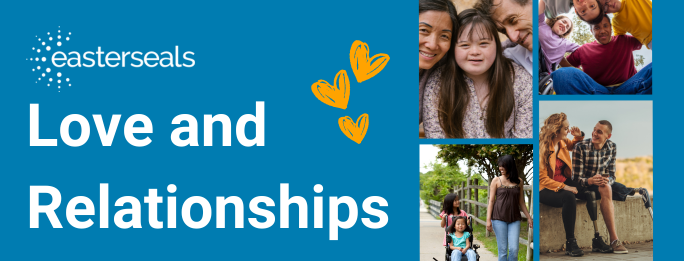
 So in my nightmare, I’m mad as a hornet when I see the green bus go by. I say to myself, “What the hell is this? I thought those inaccessible buses were long gone!”
So in my nightmare, I’m mad as a hornet when I see the green bus go by. I say to myself, “What the hell is this? I thought those inaccessible buses were long gone!”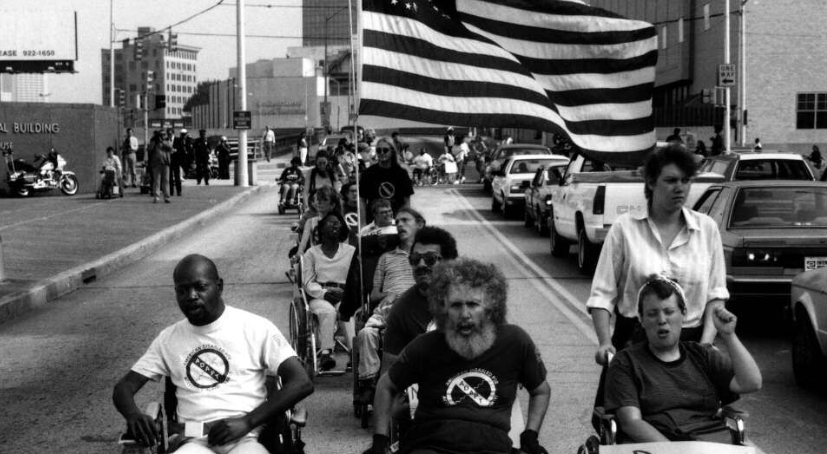
 From childhood, I was fortunate to learn the true essence of love from my mother, particularly during Valentine’s Day. It wasn’t just about exchanging chocolates and flowers and embodying Agape love—selfless, unconditional, and inclusive. My mother’s teachings transcended romantic notions, emphasizing the importance of spreading love beyond our immediate circles. Together, we embarked on a tradition of making Valentine’s cards for friends and everyone in my class, ensuring no one felt left out. This act of kindness extended to our family members, neighbors, and anyone who crossed our path. Through these gestures, my mother instilled in me the belief that love knows no bounds and should be shared generously with all.
From childhood, I was fortunate to learn the true essence of love from my mother, particularly during Valentine’s Day. It wasn’t just about exchanging chocolates and flowers and embodying Agape love—selfless, unconditional, and inclusive. My mother’s teachings transcended romantic notions, emphasizing the importance of spreading love beyond our immediate circles. Together, we embarked on a tradition of making Valentine’s cards for friends and everyone in my class, ensuring no one felt left out. This act of kindness extended to our family members, neighbors, and anyone who crossed our path. Through these gestures, my mother instilled in me the belief that love knows no bounds and should be shared generously with all.
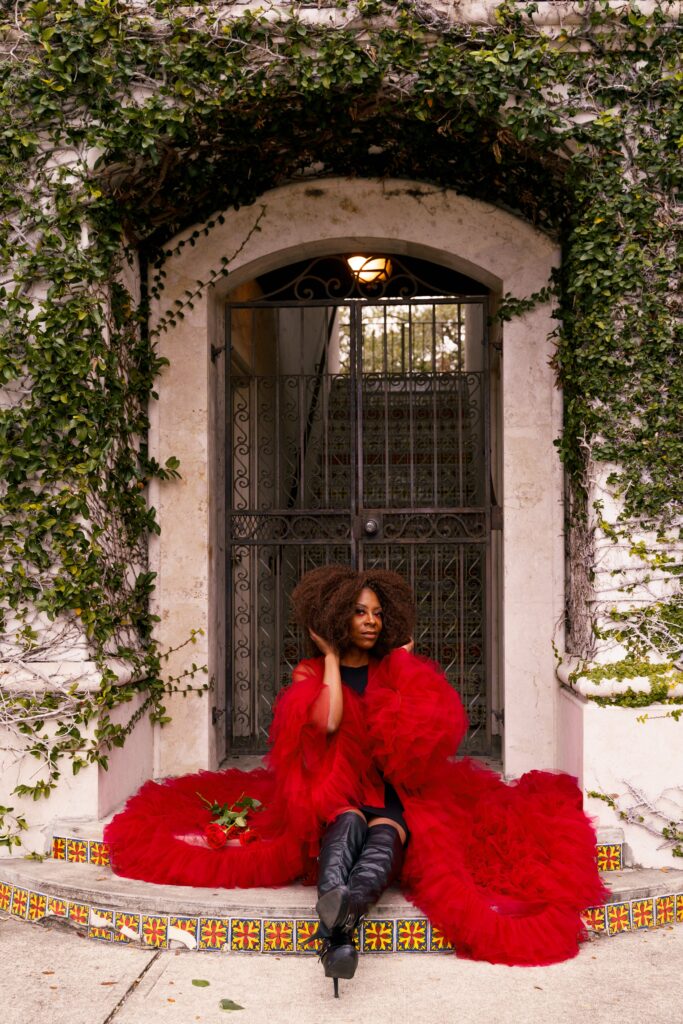 Embracing self-love while advocating for ourselves is an act of self-preservation and a radical resistance against ableism and discrimination. It allows us to reclaim our narratives and assert our agency in spaces that often seek to marginalize us and not recognize our autonomy. Advocating for accessibility and recognizing our independence becomes pivotal in this context.
Embracing self-love while advocating for ourselves is an act of self-preservation and a radical resistance against ableism and discrimination. It allows us to reclaim our narratives and assert our agency in spaces that often seek to marginalize us and not recognize our autonomy. Advocating for accessibility and recognizing our independence becomes pivotal in this context.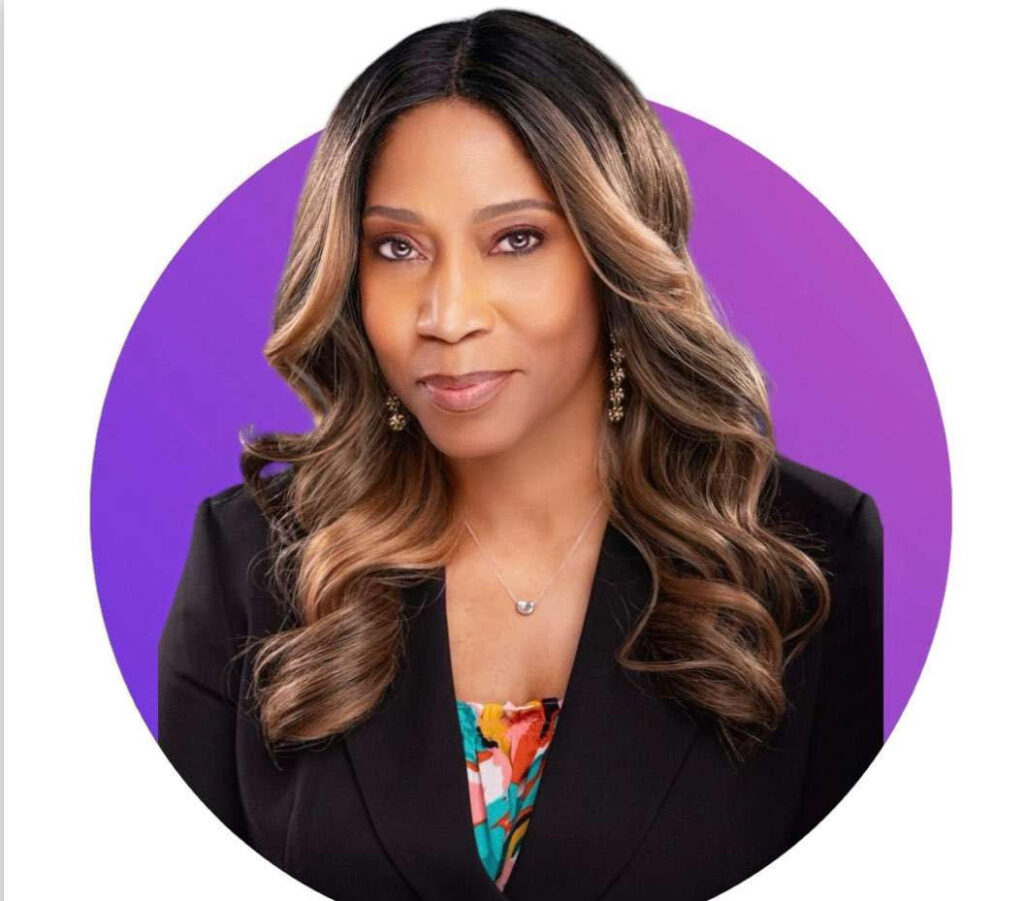 Andrea Jennings, M.Mus., is a Disability & Accessibility Strategist, Actress, and filmmaker passionate about music, law, and entertainment. Her journey led to creating Shifting Creative Paradigms – Leveling The Playing Field® Multi-Media Production Co., advocating for social justice through Disability culture, film, music, and art. Her work has graced prestigious platforms like Park Avenue Armory, The Metropolitan Museum of Art, and Rutgers University. Her work is also recognized in Forbes, Billboard Magazine, The Atlantic Magazine, The Hollywood Reporter, and The New York Times.
Andrea Jennings, M.Mus., is a Disability & Accessibility Strategist, Actress, and filmmaker passionate about music, law, and entertainment. Her journey led to creating Shifting Creative Paradigms – Leveling The Playing Field® Multi-Media Production Co., advocating for social justice through Disability culture, film, music, and art. Her work has graced prestigious platforms like Park Avenue Armory, The Metropolitan Museum of Art, and Rutgers University. Her work is also recognized in Forbes, Billboard Magazine, The Atlantic Magazine, The Hollywood Reporter, and The New York Times.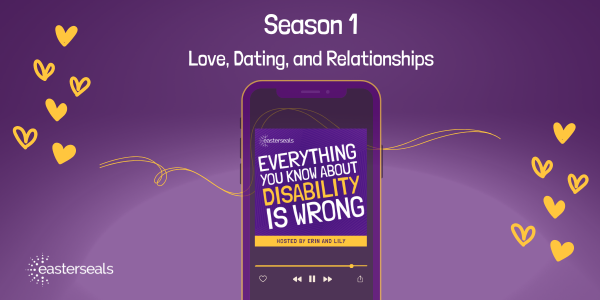
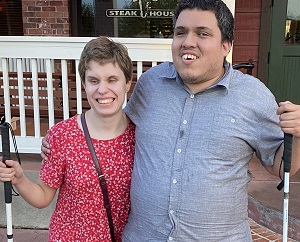
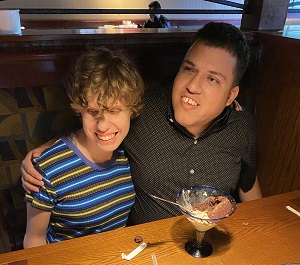 I’m fortunate to feel so loved in all of my relationships — romantic, platonic, and familial — because my blindness has been something to accommodate at times but nothing that has ever felt like an inconvenience. And I’ve learned that those are the people you surround yourself with. Enjoying time with family comes easy because I know it’s second nature to them to adapt things.
I’m fortunate to feel so loved in all of my relationships — romantic, platonic, and familial — because my blindness has been something to accommodate at times but nothing that has ever felt like an inconvenience. And I’ve learned that those are the people you surround yourself with. Enjoying time with family comes easy because I know it’s second nature to them to adapt things.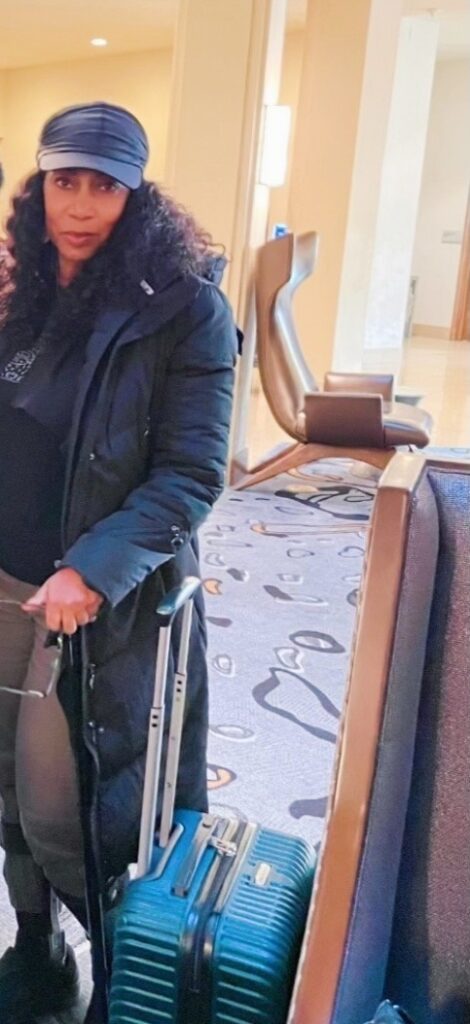 As someone who uses multiple mobility aids, I have experienced the impact of navigating different modes of transportation with different mobility aids. I use leg braces, canes, and walkers, depending on my muscle weakness and fatigue level. I often use a wheelchair for traveling as it preserves my energy and reduces my risk of falling. I vividly recall a journey emphasizing the importance of an accessible, seamless transition for transportation. On my way to an essential conference in my industry to connect me to my peers and the community, I faced barriers due to a lack of communication between the transportation company’s staff members.
As someone who uses multiple mobility aids, I have experienced the impact of navigating different modes of transportation with different mobility aids. I use leg braces, canes, and walkers, depending on my muscle weakness and fatigue level. I often use a wheelchair for traveling as it preserves my energy and reduces my risk of falling. I vividly recall a journey emphasizing the importance of an accessible, seamless transition for transportation. On my way to an essential conference in my industry to connect me to my peers and the community, I faced barriers due to a lack of communication between the transportation company’s staff members.
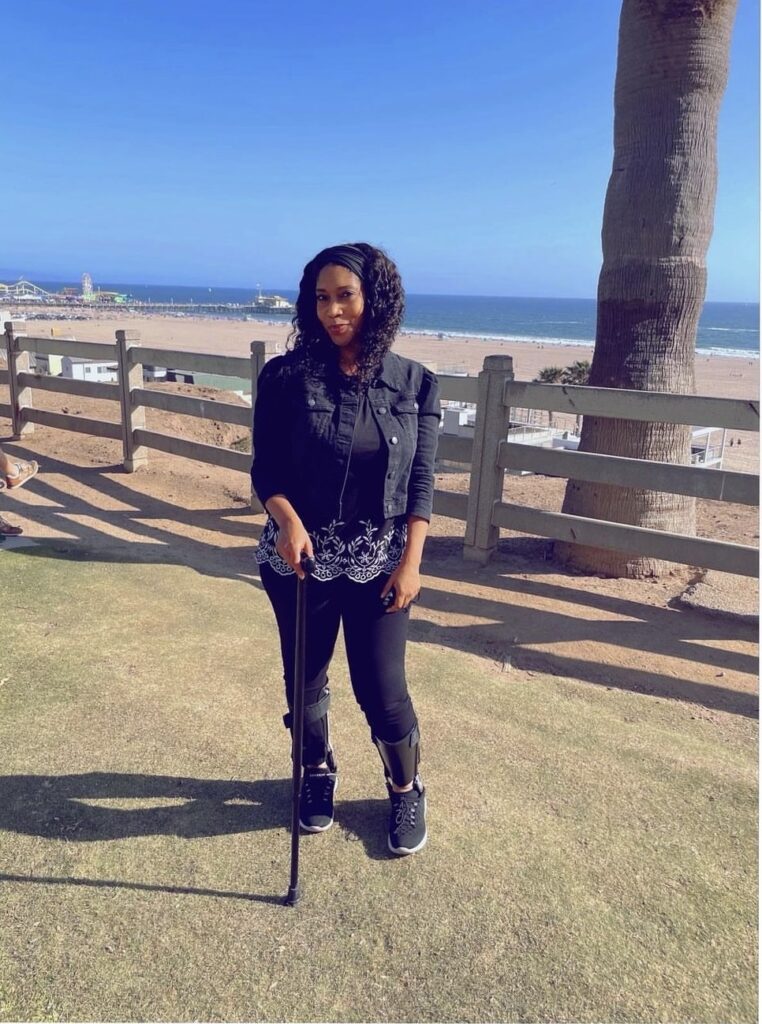 A universal design approach to accessible transportation benefits society as a whole. Ramps, wider aisles, and other accessibility features make transportation more human centered and user friendly for all, including parents with strollers, aging adults, and individuals with temporary injuries. Embracing universal design principles enhances the overall accessibility of transportation systems and reinforces the idea that inclusivity benefits everyone.
A universal design approach to accessible transportation benefits society as a whole. Ramps, wider aisles, and other accessibility features make transportation more human centered and user friendly for all, including parents with strollers, aging adults, and individuals with temporary injuries. Embracing universal design principles enhances the overall accessibility of transportation systems and reinforces the idea that inclusivity benefits everyone.


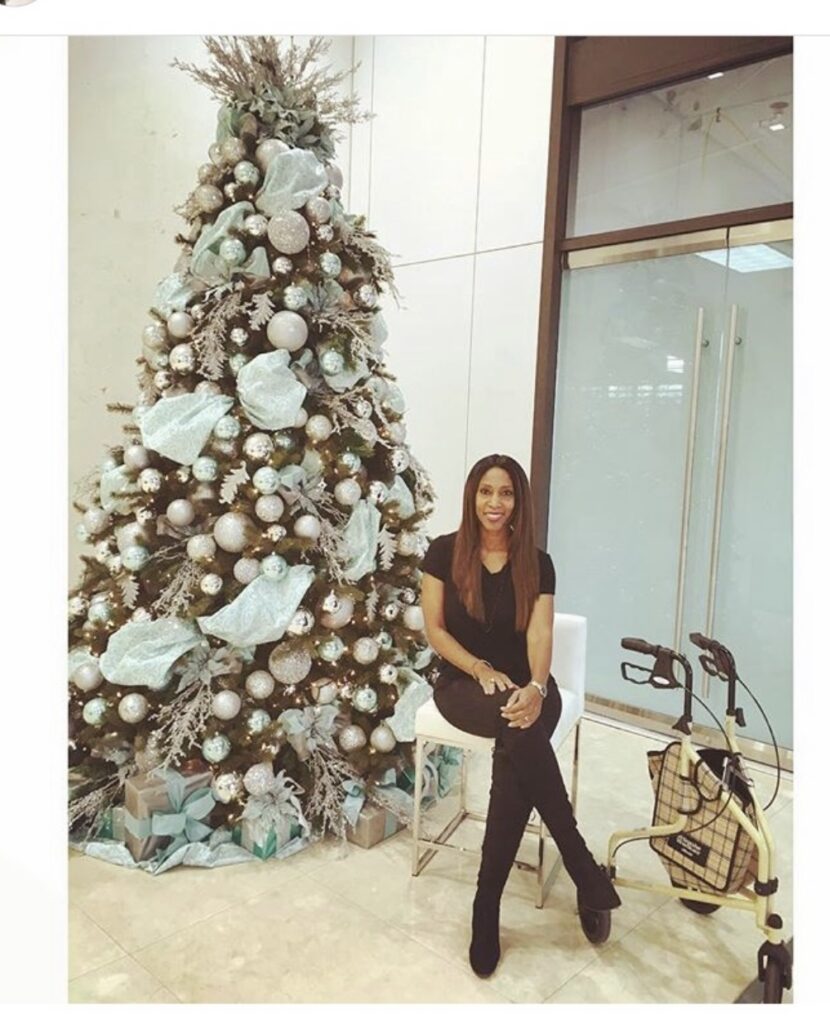 During the holidays, people worldwide do their best to make others feel welcome, practice generosity, and go above and beyond to ensure their guests and loved ones have enough to eat and are comfortable. When planning dinner parties or events, they check in with their friends to see if they have allergies or preferences. Hospitality should be a year-round practice.
During the holidays, people worldwide do their best to make others feel welcome, practice generosity, and go above and beyond to ensure their guests and loved ones have enough to eat and are comfortable. When planning dinner parties or events, they check in with their friends to see if they have allergies or preferences. Hospitality should be a year-round practice.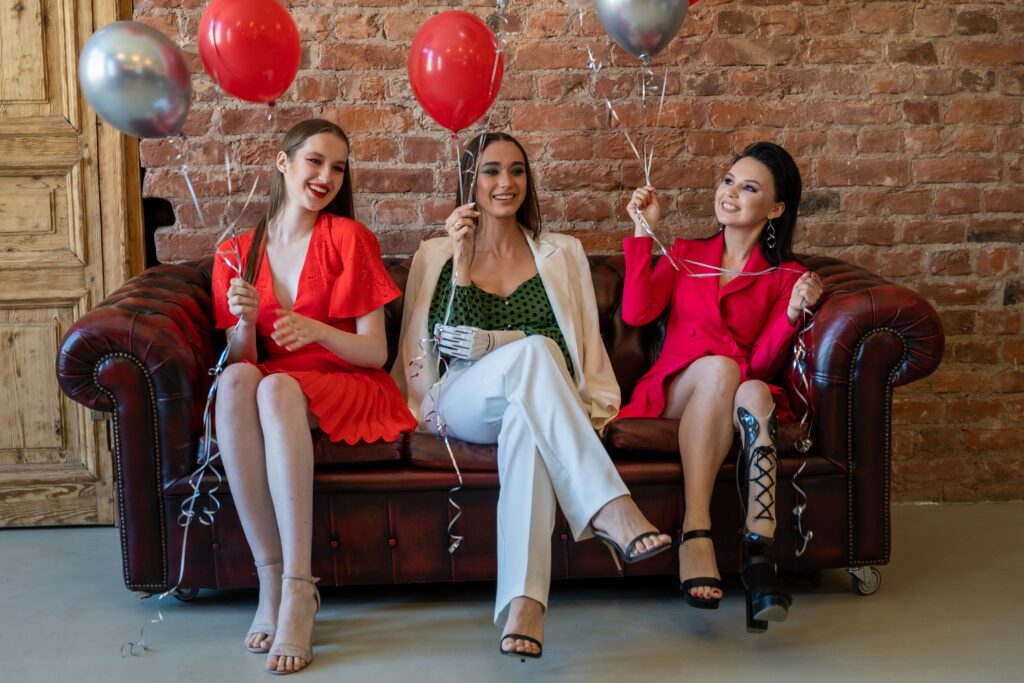
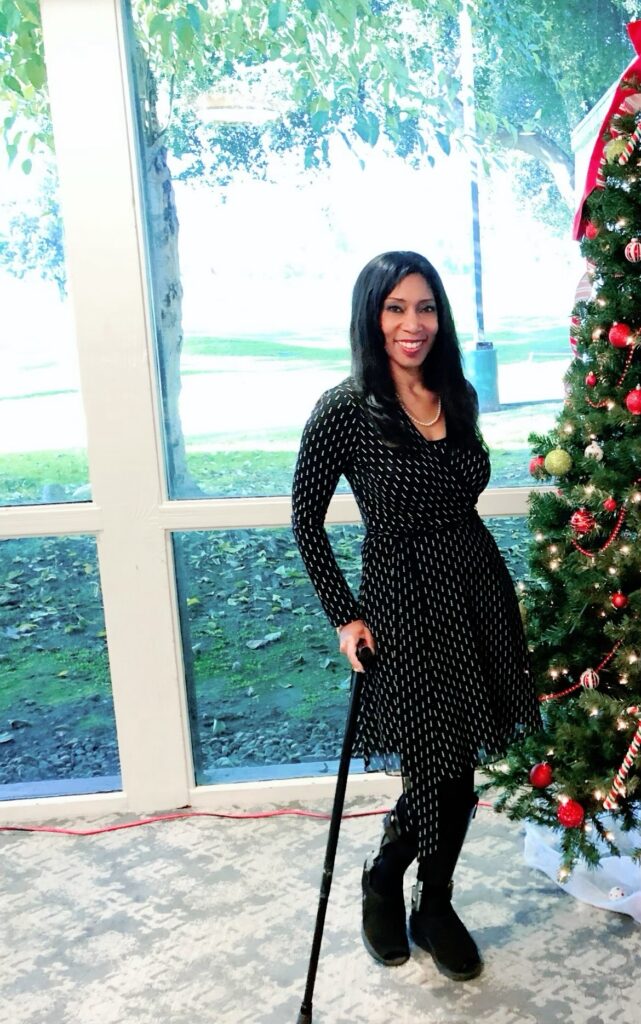 As we revel in the joyous moments of the holidays, my call to action encourages us to carry this spirit of inclusivity into the rest of the year. Doing so enhances the festive season and contributes to a world where respect, understanding, and empathy become year-round traditions.
As we revel in the joyous moments of the holidays, my call to action encourages us to carry this spirit of inclusivity into the rest of the year. Doing so enhances the festive season and contributes to a world where respect, understanding, and empathy become year-round traditions.